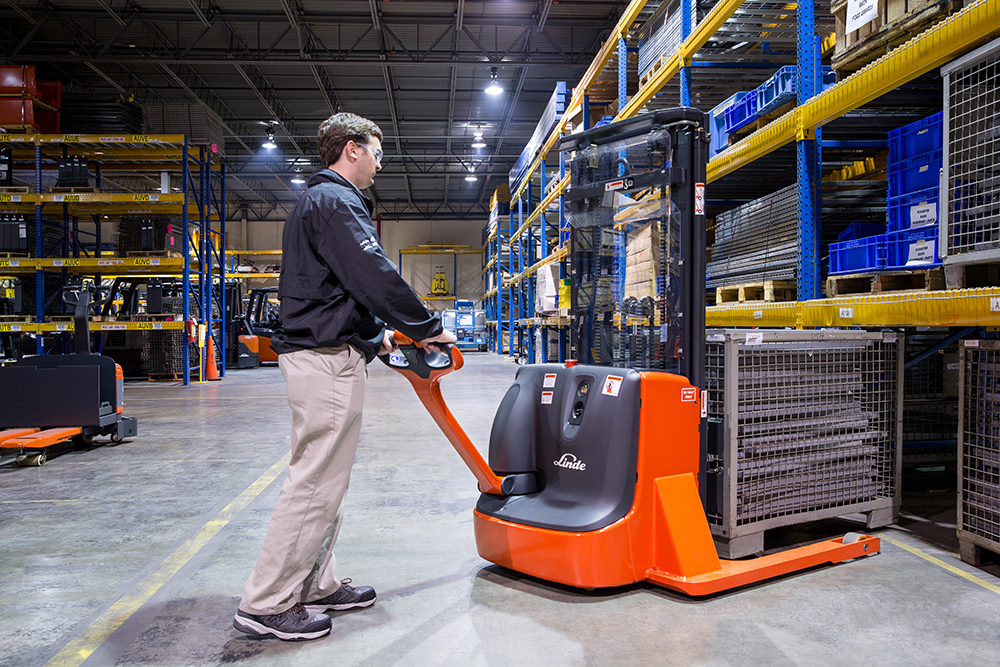Whether you are looking to increase profits or improve efficiency, regularly assessing your slotting strategy will help your warehouse meet customer demands and process as much inventory as possible. Efficient product placement reduces handling costs and allows for packages to move quickly in and out of the warehouse. When developing a slotting strategy for warehouse inventory, consider whether random, fixed, or dynamic slotting best meets your business’ needs.
Random slotting:
As the name implies, a random slotting method designates inventory to multiple picking locations. The advantage of random slotting is reducing replenishment time. If the inventory at one pick zone is running low, then it can be immediately collected from a new location. To design a warehouse with a random slotting strategy, build putaway lanes that directly lead to pick locations. However, the downside to this approach is that it is not always time-efficient. Inventory assigned to multiple pick locations will not move as quickly as it would under the fixed slotting method.
Fixed slotting:
With a fixed slotting approach, inventory is assigned to bins or specific locations and picked directly from there. Each pick slot will configure the minimum or maximum quantity of the item within its bin. If an order is placed that will deplete the item below its minimum fixed quantity, then a replenishment team will be dispatched to restock the product. New items are pulled from a reserve inventory and should be stored near the item’s fixed location.
Dynamic slotting:
Dynamic slotting is similar to random slotting since it doesn’t mandate a static location for inventory. Unlike random slotting, a dynamic approach uses Warehouse Management System software to calculate where to place items depending on their demand. If an item in your inventory is especially high-moving this week, then dynamic slotting will place it next to the shipping dock. These quick calculations are made through advanced software which can keep track of the demand for inventory in real-time. If inventory movement is very sensitive to changing conditions, such as consumer preference, then dynamic slotting may be the best strategy for your warehouse.
Regardless of which slotting approach you choose, it is important that your strategy is reducing the costs of manpower, maximizing storage space, and meeting inventory demand. An efficient slotting strategy should improve productivity and minimize replenishment runs. Coupled with the right slotting strategy, KION’s impressive brands of Linde and Baoli forklifts can help your warehouse increase its profits.



